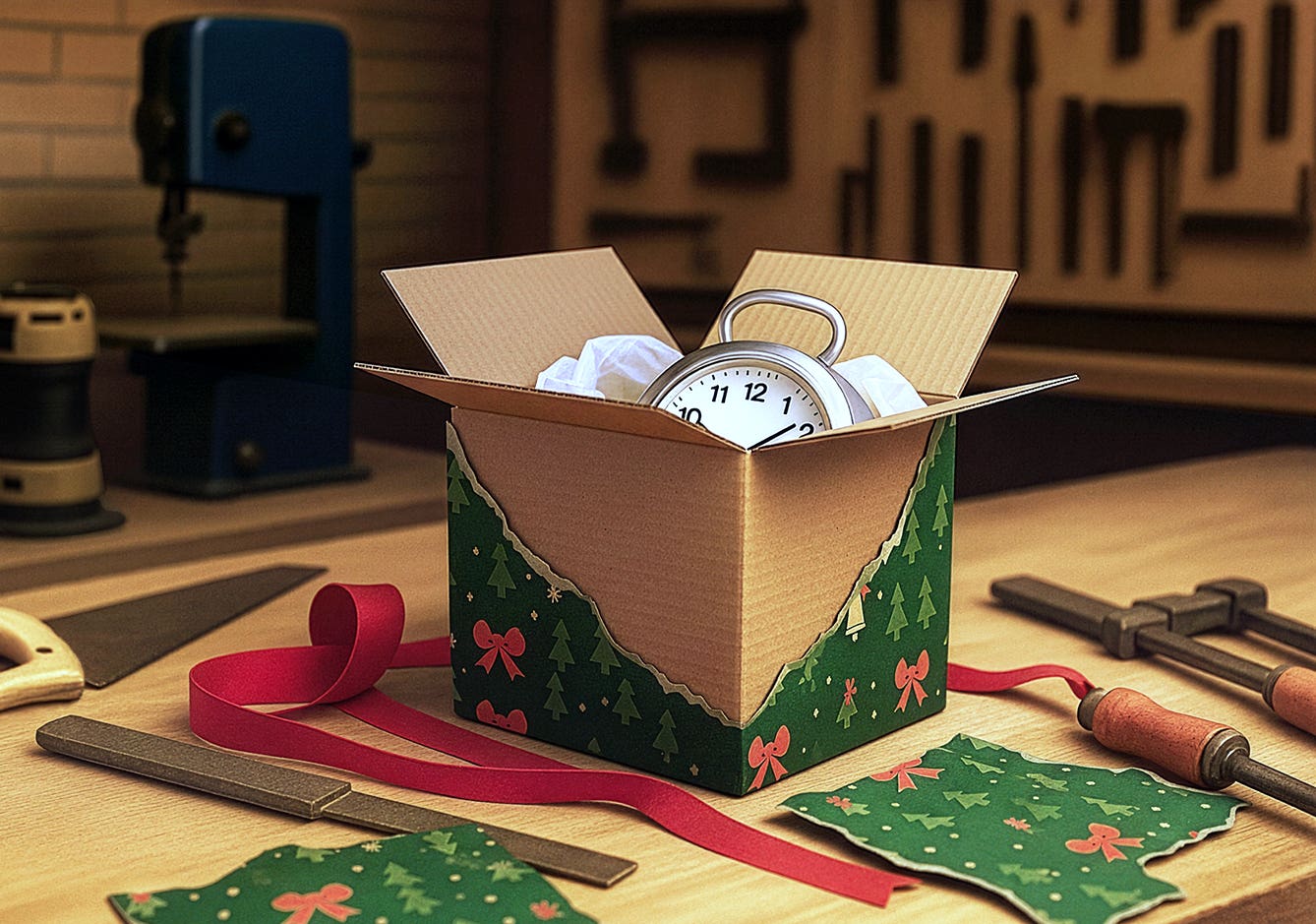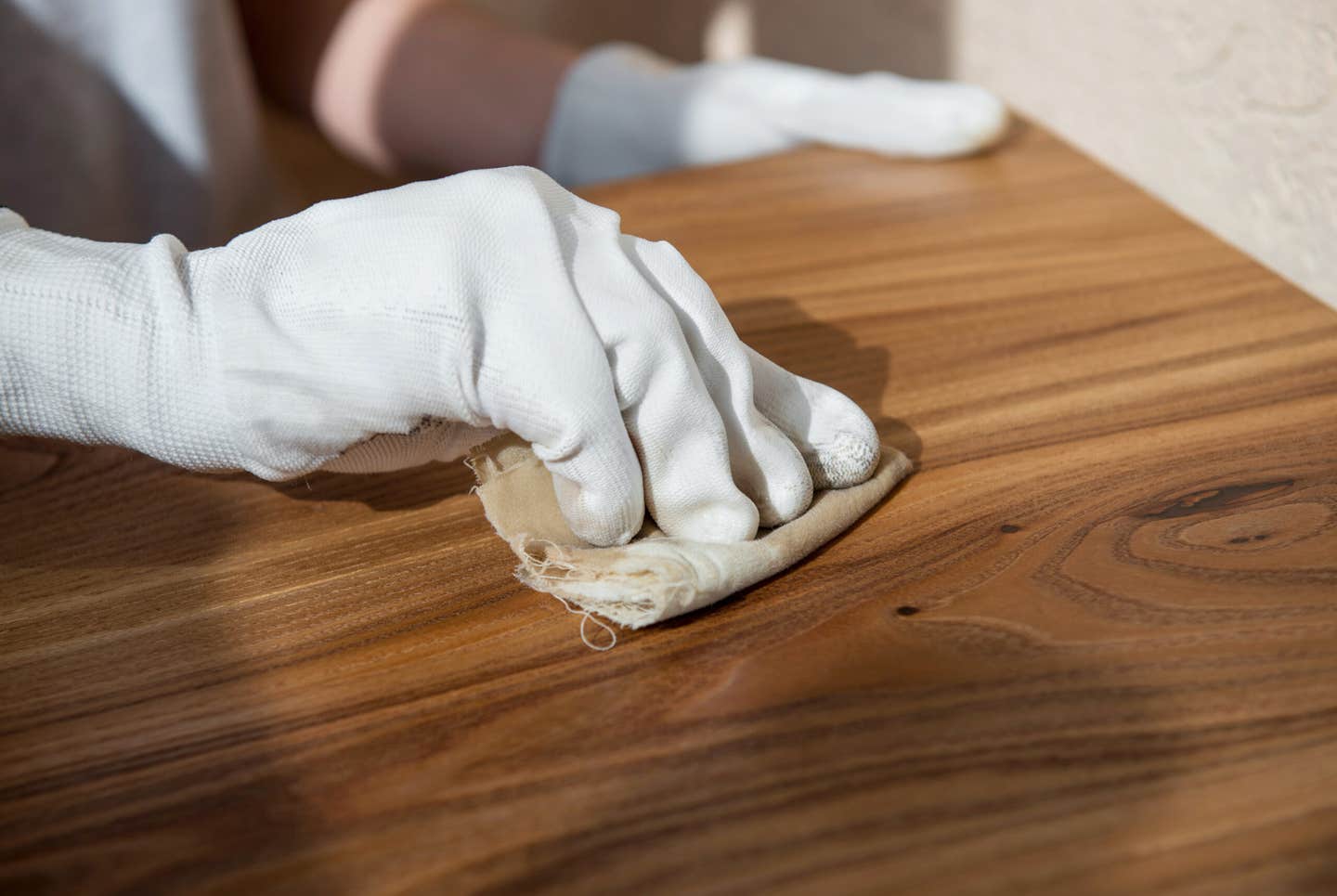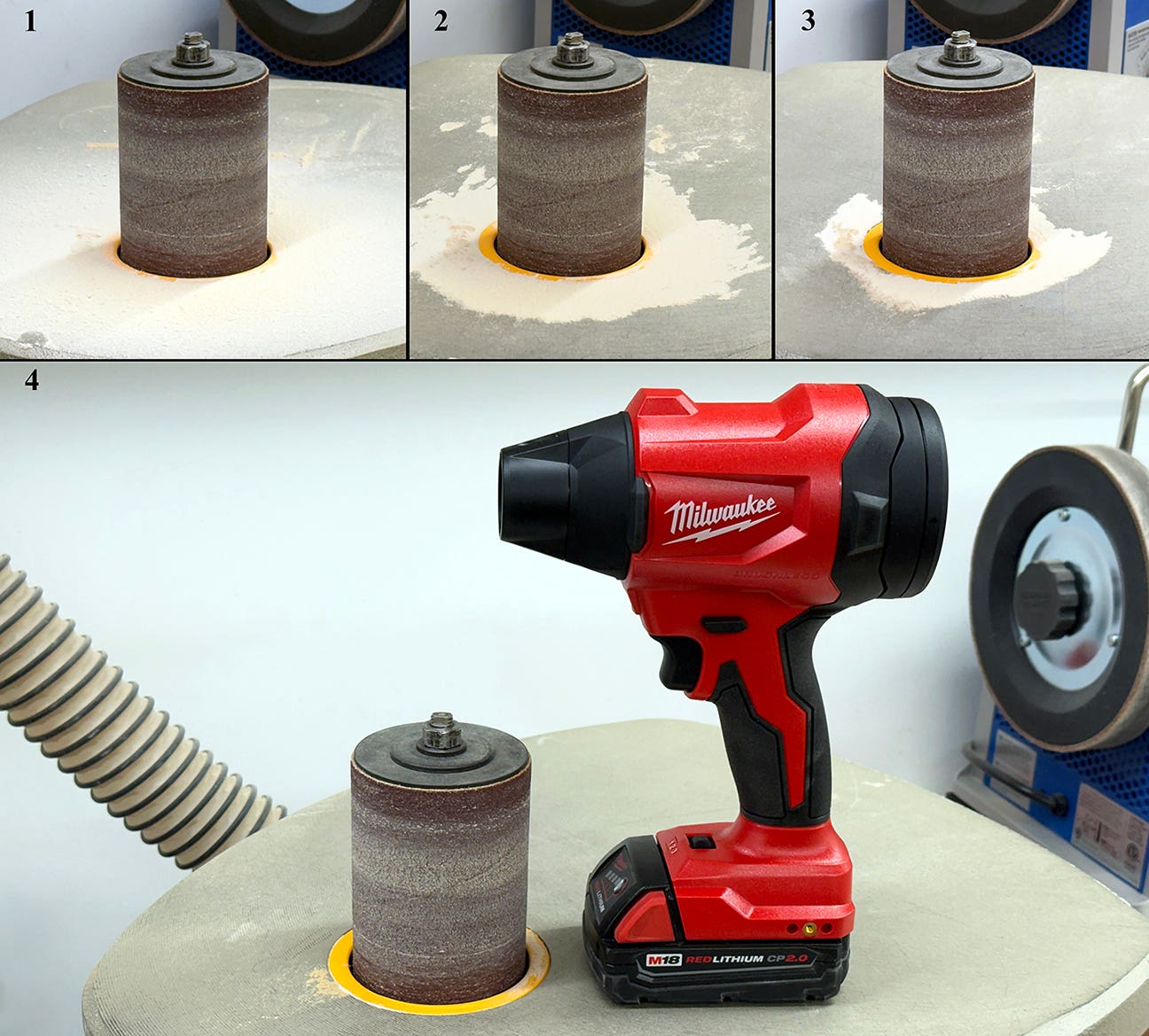Faking it, in a good way
In my decades as a woodworking writer, I’ve never knowingly said anything false or misleading. But a bit of photographic trickery is sometimes OK.
In my decades as a woodworking writer, I’ve never knowingly said anything false or misleading. But a bit of photographic trickery is sometimes OK.
Writing is a serious business, and accuracy is a must. That’s even truer when writing about woodworking – measurements, representation, visual clarity and more must make the process as easy to understand as possible. And when it comes to the finished project or article, a bit of “set dressing” adds the finishing touch.
For example, in that top-left image above, I needed a robin’s nest with eggs for the perfect photo of a nesting shelf. But nesting season was over. I staged the photo with an empty nest I’d found and turned robin eggs on the lathe and then painted them.
Working clockwise, for the lead photo for a kid’s bookrack project, I wanted to dress it up. Now, I don’t own a copy of Action Comics #1 or the first appearance of Spider-Man. (I’d be writing this blog somewhere warmer than freezing Pennsylvania if I did.) But downloading the covers and attaching them to some far less-valuable comics made a great picture.
Remember that drill press mobile stand I talked about recently? I needed a detail shot showing the machine attached to the stand, but discovered I didn’t have bolts the right length. So, I used a couple short bolts and just slipped them in as stand-ins. Looks the same, no one would ever know, the point was made for purposes of the photo, and next day I went out and got proper bolts.
And in the last image I needed a photo of using an impact driver on a framing project. Since it had to be a tight shot anyway, there was no need to frame up a whole wall – I just used two scraps of 2x4 (neither more than 24” long) and did a mockup. Again, looks the same and gets the information across, but it was a heck of a lot less work.
Bottom line? All the true and accurate stuff is in the step-by-step project photos or in the articles themselves. But because they tell a story in a single shot, for illustration purposes there’s nothing wrong with taking a cue from Madison Avenue and staging the best-looking final images I can.
A.J. Hamler is the former editor of Woodshop News and Woodcraft Magazine. He's currently a freelance woodworking writer/editor, which is another way of stating self-employed. When he's not writing or in the shop, he enjoys science fiction, gourmet cooking and Civil War reenacting, but not at the same time.







